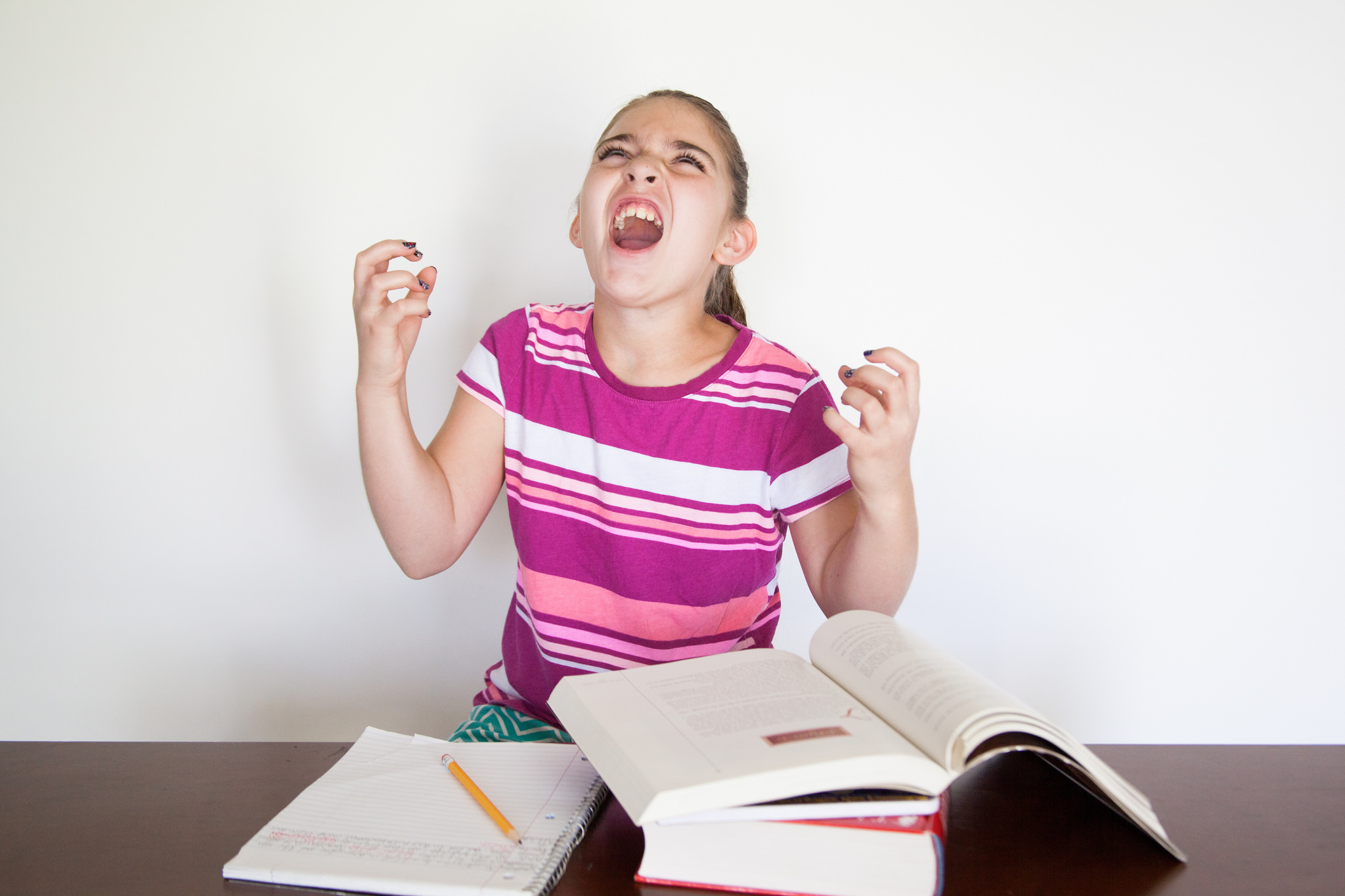Unlike the majority of mental illnesses discussed in this series, attention deficit hyperactivity disorder (ADHD) primarily affects children. Fortunately, ADHD is very manageable with proper treatment and should not adversely impact the progression of a happy and healthy life.
The exact causes of ADHD have not yet been pinpointed; however, genetics and environmental factors are believed to play a role. A traumatic brain injury early in life may also result in symptoms similar to those of ADHD. One other interesting theory undergoing research focuses on the relationship between consumption of food additives, such as artificial flavorings, and the development of the disorder. For reasons still unknown, boys are four times more likely than girls to suffer from ADHD.
Image Source: Jani Bryson
Typical signs of ADHD may include restlessness, an inability to concentrate, extreme talkativeness, reckless decision-making, and difficulty working with others. A particular child’s symptoms depend largely on which subtype they have: predominantly hyperactive-impulsive, predominantly inattentive, or combined ADHD. Predominantly hyperactive-impulsive ADHD implies that a child’s behavior mainly reflects a constant need to be moving, talking, and the like. On the other hand, a child with predominantly inattentive ADHD may be overlooked because they are mostly distracted but not loud. Combined ADHD, involving both hyperactive-impulsive and inattentive behaviors, is the most common form. The average age of diagnosis is seven years old, and approximately nine percent of American adolescents are affected. Just over four percent of adults in the US also suffer from ADHD.
Currently, ADHD has no cure; however, treatment is widely available and often involves some combination of medication and psychotherapy. For preschool-aged children, behavior therapy tends to be the preferred option. This type of treatment involves creating routines, organizing belongings, and avoiding distractions. If medication is necessary, a class of drugs known as stimulants is often prescribed because of its calming effects on children with the disorder. These medications come in a variety of forms, such as pills or liquid, as well as time-sensitive releases in order to accommodate as many children as possible. Other non-stimulant prescriptions that work differently are also accessible depending on the diagnosis.
Although ADHD has been on the rise recently, many forms of treatment are available for both children and adults who are diagnosed with this disorder. Finding the best option may take some experimenting and patience, but it is definitely possible to return to a more productive lifestyle over time.
Feature Image Source: frustrated child by amenclinicsphotos ac










